Burros Tail VS Donkey Tail - Differences And Similarities
Written by Ivy
Dec 09 2022
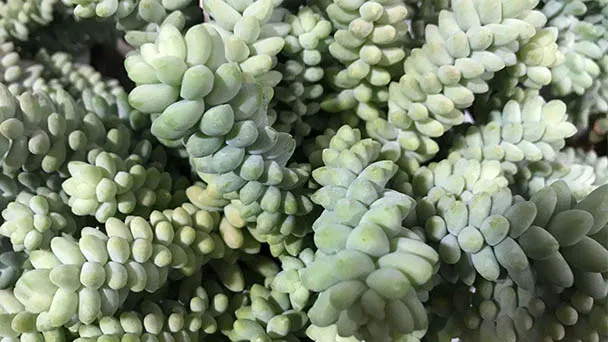
The main difference between burro's tail and donkey tail is that the leaves of donkey tail are larger than those of burro's tail, and the size of donkey tail is almost three times that of burro's tail. The flower appearance of donkey tail is very unique. At first, it is wrapped and protected by green leaves. When the leaves open, the flower bud is exposed. The flowers are yellow and mostly open in spring and summer.
Burro's Tail in Brief
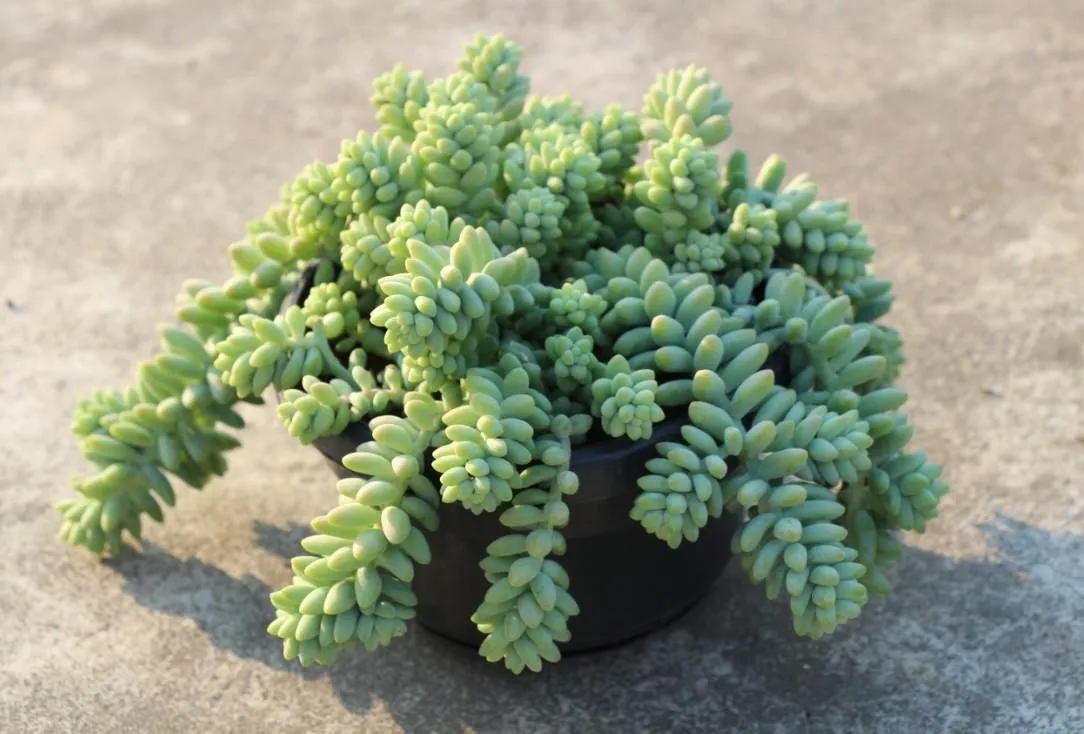
Donkey Tail in Brief
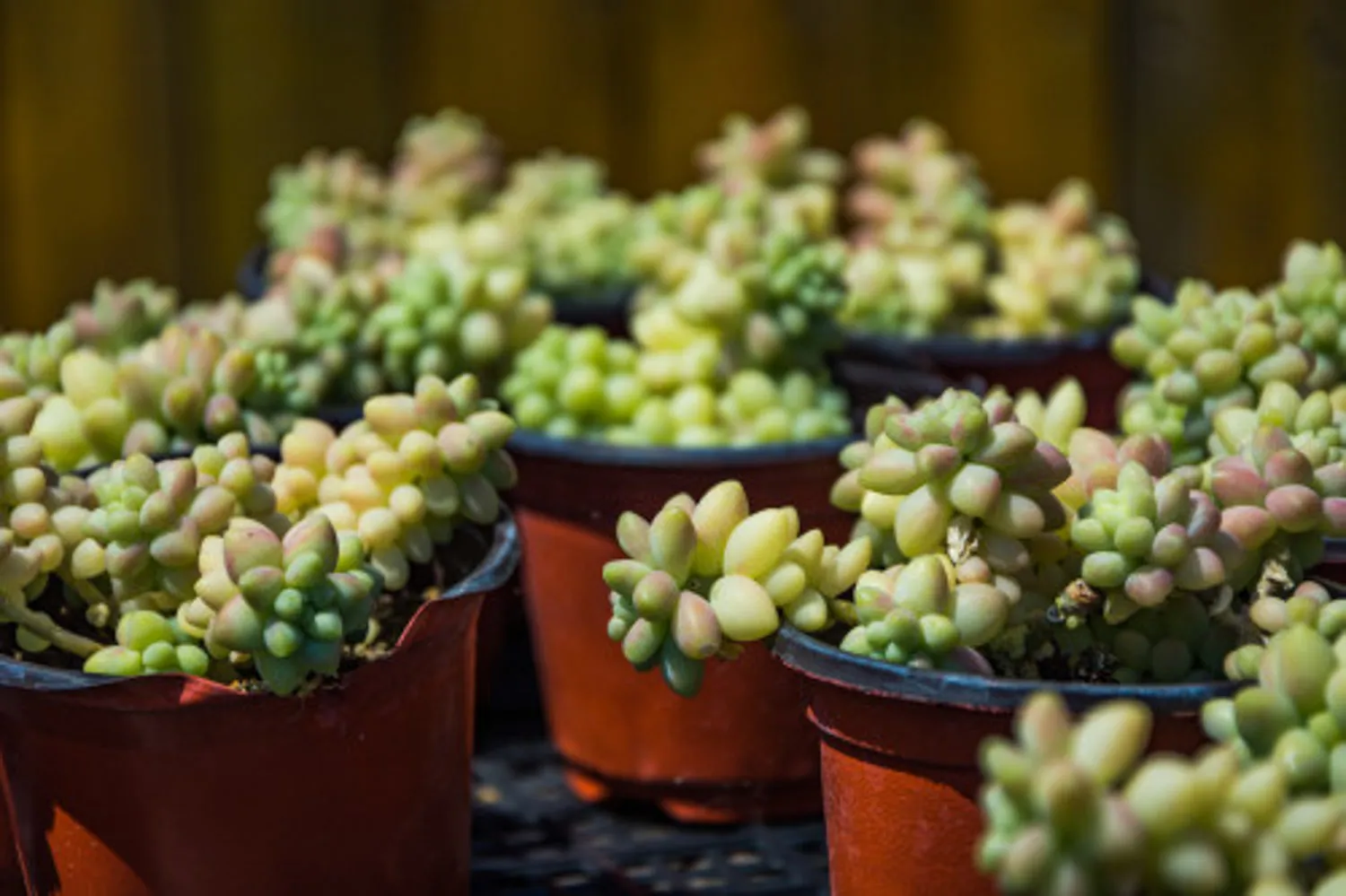
Similarities Between Burro's Tail and Donkey Tail
Donkey tail was discovered later, so it has this name. Burro's tail and donkey tail are very vigorous and easy to branch, especially the new jade ornament that has been growing for a certain time. The whole branch looks very beautiful when it hangs down. Moreover, burro's tail and donkey tail show pink color and become more beautiful when they are in a state, It is very suitable for family potted plants and can be easily planted to the state of bursting pot. This is also the reason why burro's tail and donkey tail have become the favorite of the meat industry in recent years. Now there are more and more people planting burro's tail and donkey tail.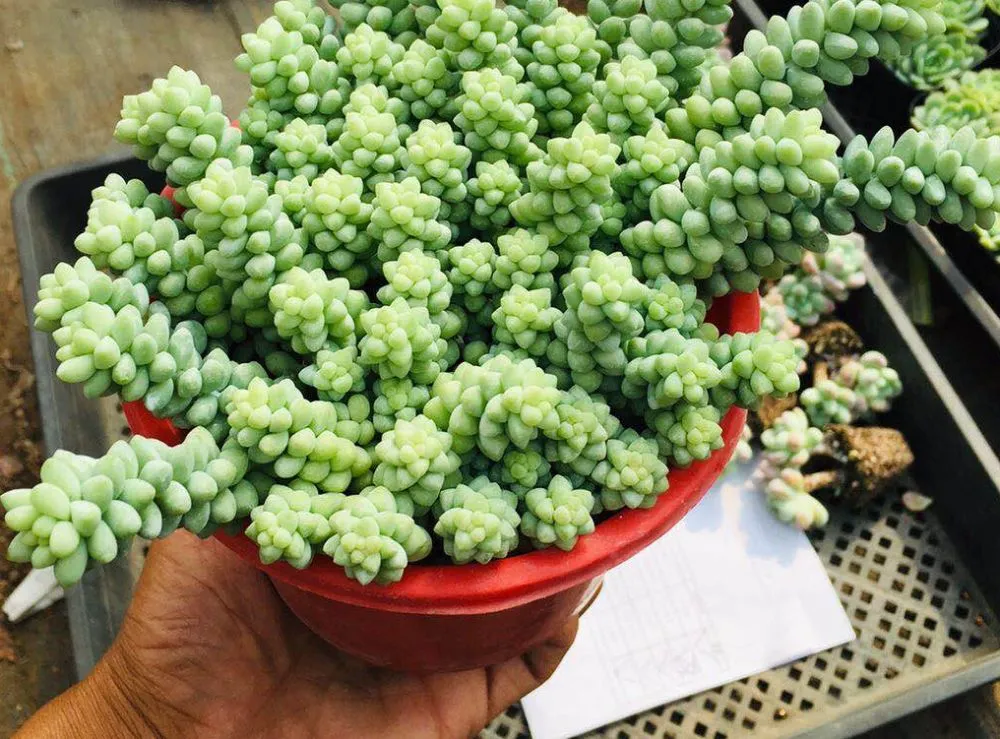
Differences Between Burro's Tail and Donkey Tail
Burro's tail and donkey tail actually belong to the Sedum family. They are very popular succulent plants. Many people like to cultivate them in the form of potted plants at home, but there are also differences in leaves between burro's tail and donkey tail. Let's have a look.- For burro's Tail, its leaves are curved, just like the shape of banana, and the top of burro's tail leaves is pointed, often with a sense of transparency in turquoise. The surface of burro's tail leaves is also wrapped with a thin layer of powder, which is very beautiful.
- For Donkey Tail, the leaves of donkey Tai will not show a curved shape, and the top of the leaves is round and lovely, just like pearls. Donkey Tai can also grow in a basin. If it grows in a sunny place, its leaves grow dense and have high ornamental value.
Burro's Tail Vs Donkey Tail: Classification
Both classified as Sedum morganianum, there is a lot of debate as to whether or not donkey tail and burro's tail are separate plants. It might be challenging to distinguish between these two trailing succulents because their names are frequently used interchangeably. However, burro's tail is often classified as a separate cultivar from donkey tail, earning a "Burrito" to its scientific name. These two succulents physically differ enough from one another to be classified as different varieties, but many people mistakenly believe they are one and the same plant despite their close resemblance.
Burro's Tail Vs Donkey Tail: Description
When comparing a burro's tail and a donkey tail plant, it can be very challenging to immediately distinguish the differences. The succulent light green leaves of donkey tail and burro's tail plants both develop along a trailing stem from top to bottom. When the plant is fully grown, they both also produce pinkish flowers in the summer. Both the donkey tail plant and the burro's tail plant grow to a length of 3 to 4 feet, and when these tails are left draped or hanging, they are attractively displayed.
The shape of their leaves, however, is where these two sedum cultivars differ most significantly from one another. Compared to the burro's tail succulent variety, the traditional donkey tail succulent has less compacted leaves. The leaves of the donkey tail succulent are crescent- or c-shaped, whereas those of the burro's tail plant are oval or bead-shaped and also grow closer together. Take your time identifying them though because these differences are minute.
Burro's Tail Vs Donkey Tail: Uses
Burro's tails and donkey tails, both prized for their appearance, are frequently used interchangeably. The majority of the time, these trailing succulents are used as indoor or outdoor accent plants, but if you prefer your plants to be a little more stable and unlikely to break, you might want to choose the burro's tail over the donkey tail. Although the burro's tail and the donkey tail are both delicate succulents, the burro's tail's distinctively compacted growth pattern may give you overall more stability.
Burro's Tail Vs Donkey Tail: Origin and How to Grow
Both of these closely related succulent species, which trail off cliff faces and thrive in desert environments, are native to Mexico. The burro's tail variety of this particular succulent was found in the 1970s, as opposed to the 1930s when the donkey tail was first discovered and made popular. They both develop similarly, favoring direct sunlight and a soil mixture with good drainage.
Burro's Tail Vs Donkey Tail: Name Origins
Given how this plant grows, the names burro's tail and donkey tail are fairly self-evident. The plant commonly goes by the nicknames "horse tails" or "donkey tails" because of its delicate trailing stems and leaves. You might discover that many experts believe these two varieties—which share names—are the same plant!
How to Care for Burro's Tail & Donkey Tail
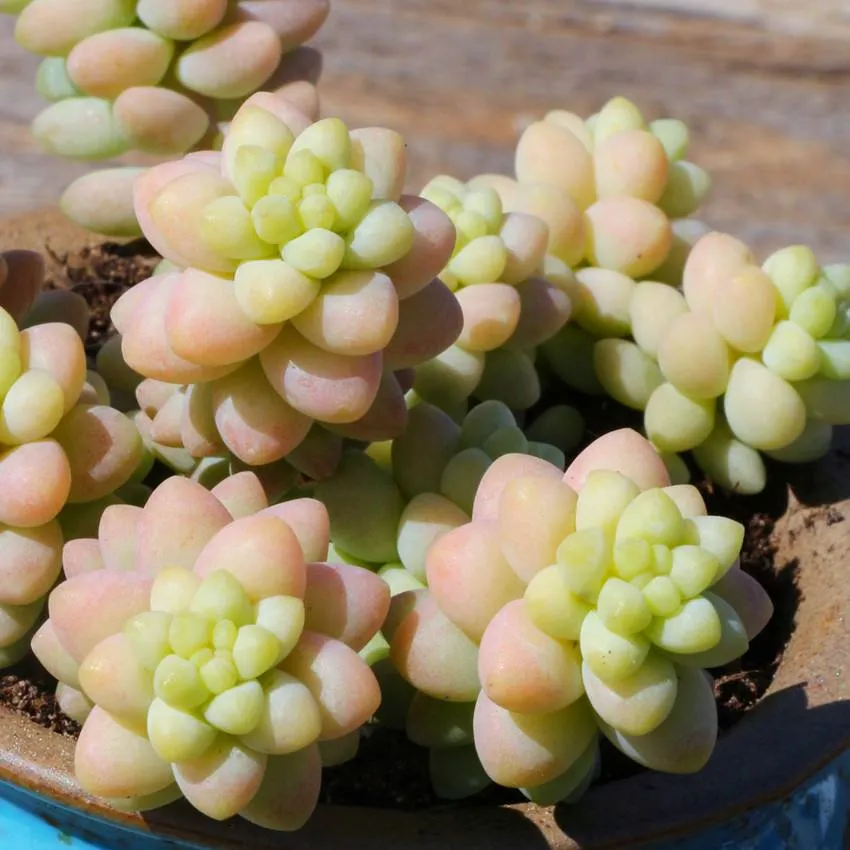
Light Requirement
If the newly purchased burro's tail and donkey tail are just planted, they should be placed in a cool and ventilated place for a slow basin, and then gradually increase the light intensity after a week. If the burro's tail and donkey tail we just bought have been planted, we can directly move to the balcony with sufficient light to bask in the sun and shade properly in summer.Watering Requirement
Burro's tail and donkey tail have certain requirements for humidity, and the environment with relative humidity of 40-60% is appropriate. At ordinary times, we can pour some water when the soil starts to dry, and pour water every other month or so. It is better to start dripping water from the bottom hole of burro's tail and donkey tail flowerpot.When watering burro's tail and dongey tail, we should avoid the leaves to avoid decay due to too long ponding; Pay attention not to accumulate water at the bottom of the basin. Watering should be reduced during Dormancy and low temperature days in winter. On the contrary, watering times should be slightly increased in summer to cool burro's tail and donkey tail, and avoid watering under the strong light at noon.
Temperature Requirement
The most suitable growth temperature for burro's tail and donkey tail is 10-32 ℃, and the water shall be properly controlled when the temperature is higher than 30 ℃ and lower than 5 ℃. Keeping the temperature above 0 ℃ in winter can safely survive the winter. In addition, we can give burro's tail and donkey tail a big temperature difference and a big sun, which can make meat color quickly.Read More:
Latest Updated
- Benefits of Bugleweed - 7 Science-backed Health Benefits
- Bugleweed Dangers & Side Effects - Is It Poisonous?
- How to Plant Evergreen Trees - What You Should Know
- When to Plant Evergreens - Grow Guide for Evergreen Trees
- 12 Wonderful Evergreen Shrubs for Your Garden
- 12 Popular Evergreen Plants with Pictures for Beginners
- When And How To Prune A Lilac Bush Like a Pro
- How to Grow & Care for Lilac Vine (Hardenbergia Violacea)
- Japanese Lilac Tree (Syringa Reticulata) Care & Propagation Guide
- Shumard Oak Pros and Cons - What to Know
Popular Articles
- Winter maintenance of Antirrhinum Majus
- How to Grow Terminalia Mantaly Tree
- How to Grow and Care for Crossostephium Chinense
- How to grow Antirrhinum Majus in spring
- Peristeria Elata (Dove Orchid) Profile: Info & Care Guide
- Underwatered Snake Plant (Sansevieria Trifasciata) - Signs And How To Fix
- How to Care for Brazilian Jasmine Plant (Mandevilla Sanderi)
- How to Grow & Care for Graptopetalum Purple Delight in Summer
- Rosa Chinensis (China Rose): Plant Growing & Care Tips
- How to Care for Baby Sun Rose (Aptenia Cordifolia)